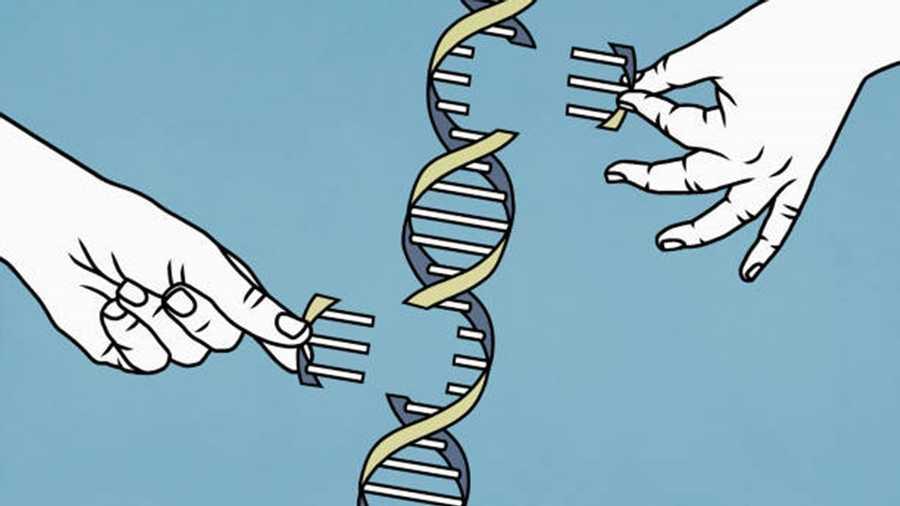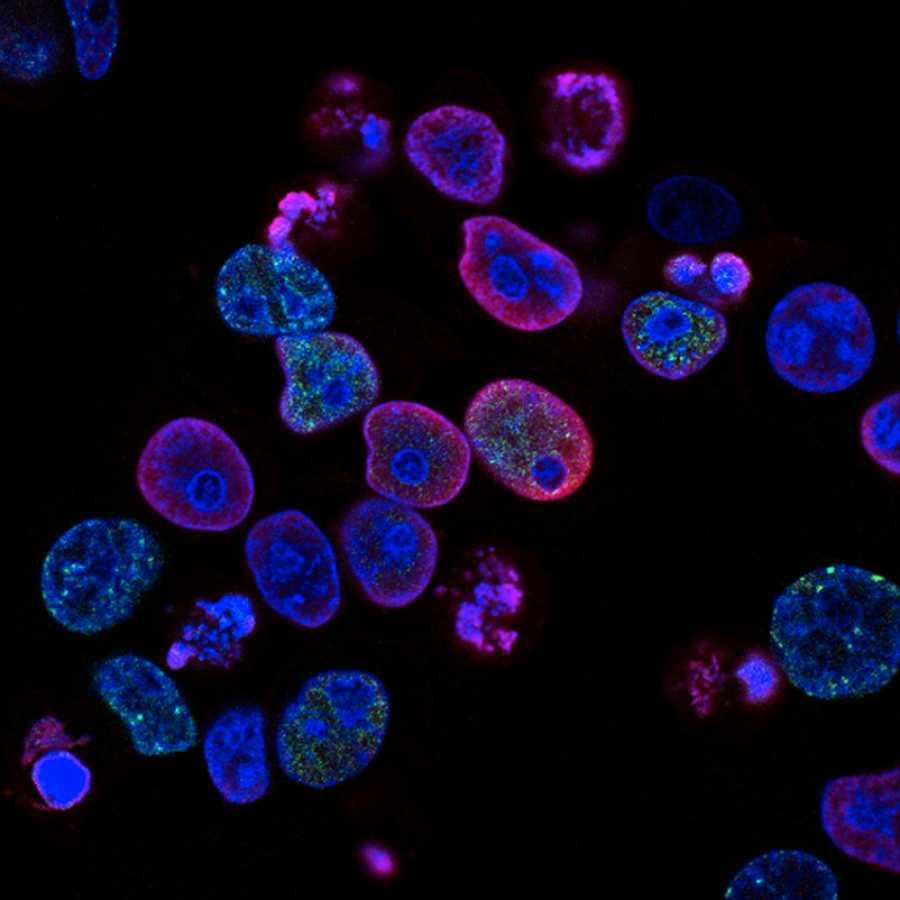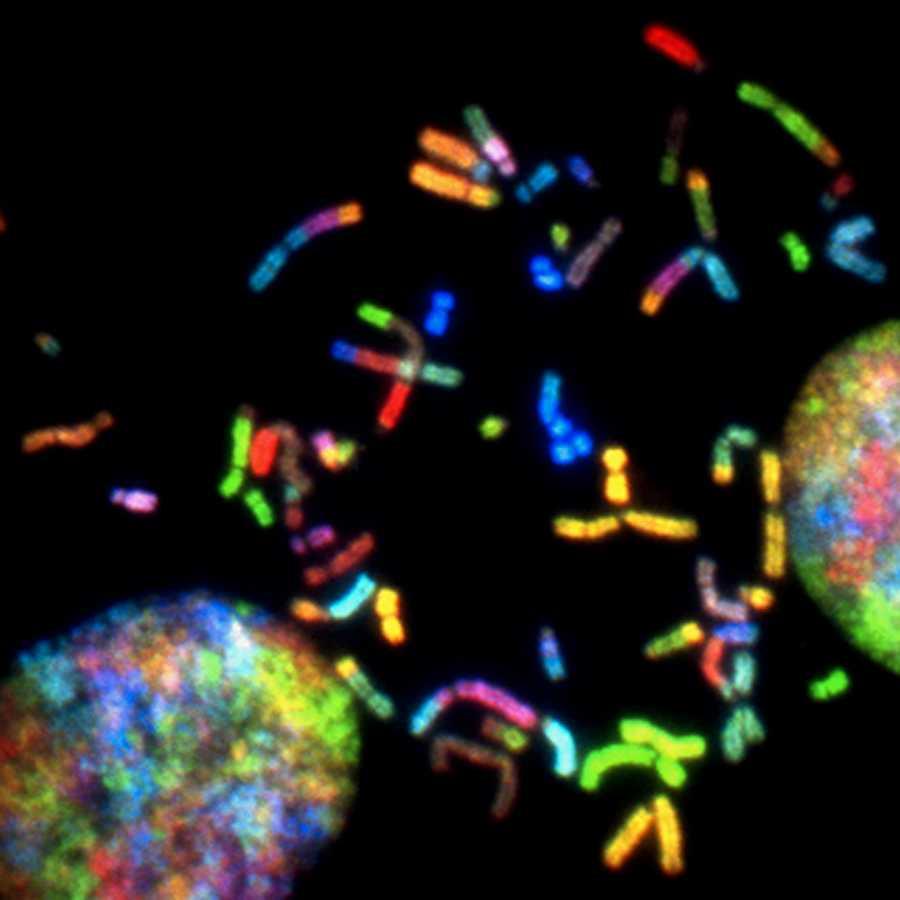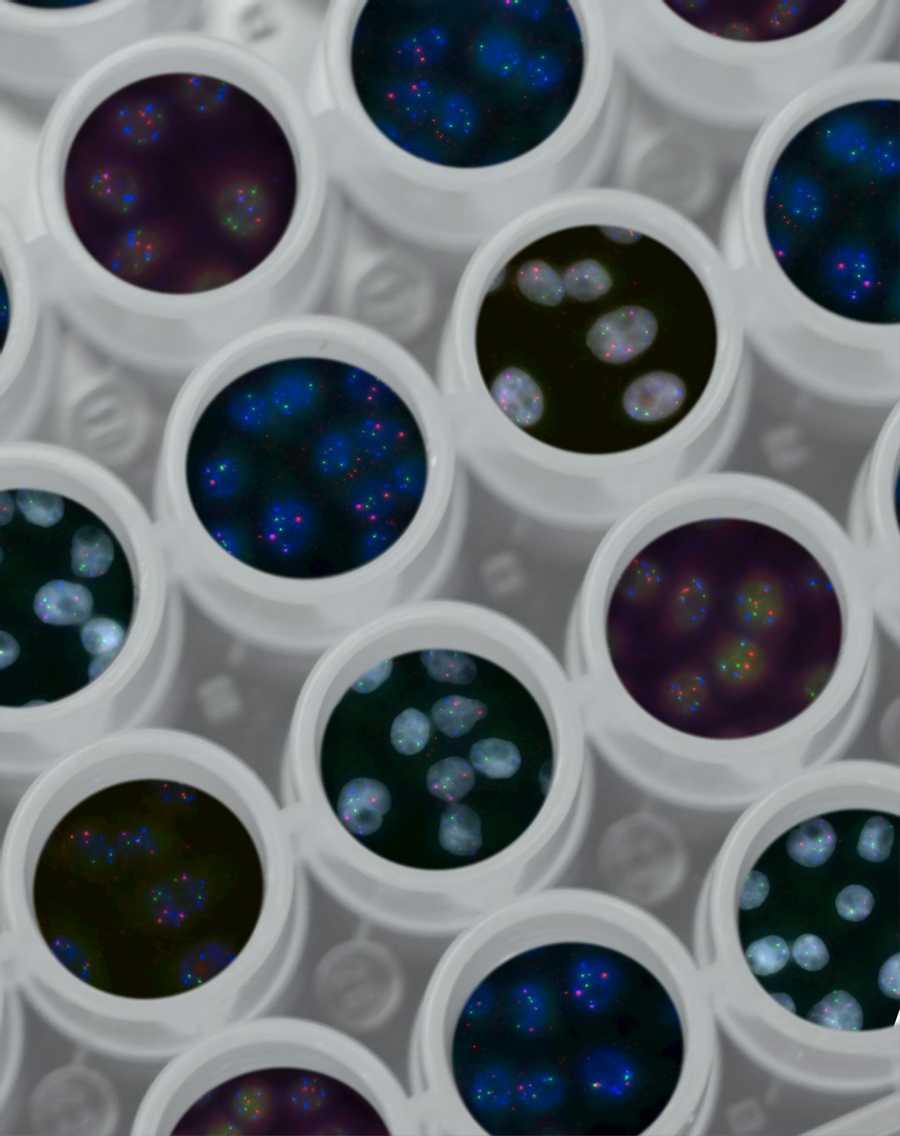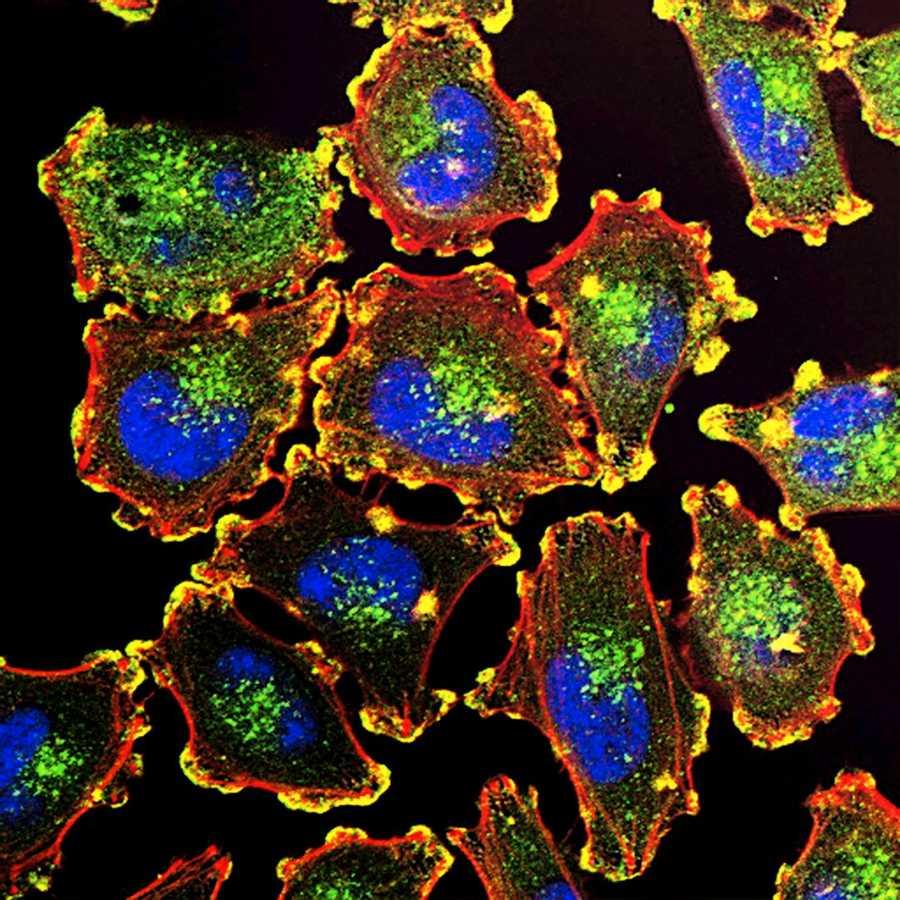Scientists complete decoding human genome, uncover over 100 new genes, variations
Curated from: indiatoday.in
7
Explore the World's Best Ideas
Join today and uncover 100+ curated journeys from 50+ topics. Unlock access to our mobile app with extensive features.
Scientists decipher the complete human genome & found new genes.
In February 2001, when researchers released the first set of the human genome sequence, it was a seismic event in the history of life sciences. However, it was not truly complete and 15 per cent of the genome was still to be deciphered. The most complicated chunk of DNA called for further research and technological advancement.
17
338 reads
Groundbreaking Discovery
A team of 99 researchers led the groundbreaking discovery by identifying about 115 new genes that code for proteins.
The Telomere-to-Telomere (T2T) Consortium, an international collaboration that comprises around 30 institutions, has released data that gives new insights into the workings of the DNA and how it influences risks of disease and how cells keep it in neatly organised. Experts say that the new details will open our eyes to critical information stored within DNA that had remained elusive forever.
16
81 reads
What Is A Human Genome?
A genome is an organism's complete set of DNA, the chemical compound that contains the instructions needed to develop and direct the activities of nearly all living organisms. They are made of two twisting, paired strands often referred to as a double helix. Each DNA strand is made of four chemical units, called nucleotide bases, which comprise the genetic "alphabet."
Virtually every single cell in the body contains a complete copy of the approximately 3 billion DNA base pairs, or letters, that make up the human genome. DNA contains the information needed to build the entire human body.
17
57 reads
Why Did It Take So Long To Decipher The Human Genome?
Scientists identified 3.055 billion base pairs (“letters”) of our DNA code as they made the data public. However, the wait has been over two decades since the first draft was released in 2001. Scientists have known for decades that genes were spread across 23 pairs of chromosomes.
As long stretches of the genome remained unknown , scientists struggled to understand where millions of bases fit. While they released the first draft in 2001, the reference genome draft was released in 2013 where they had read these fragments more accurately.
16
57 reads
What is the Human Genome Project?
The Human Genome Project that first realised its goal in 1988 aimed to decipher the human genome in three major ways:
- Determining the order, or "sequence", of all the bases in our genome's DNA
- Making maps that show the locations of genes for major sections of all our chromosomes
- Producing what is called linkage maps, through which we inherit trait
16
49 reads
The Human Genome Project
The project has revealed that there are probably about 20,500 human genes and the information about their structure, organization and function can be "thought of as the basic set of inheritable 'instructions' for the development and function of a human being."
A startling finding of this first draft was that the number of human genes appeared to be significantly fewer than previous estimates, which ranged from 50,000 genes to as many as 1,40,000.
16
63 reads
IDEAS CURATED BY
I owe my originality to a technical clusterfuck of emotions driven by angst and my dad's radio.
Ahana Chakraborty's ideas are part of this journey:
Learn more about scienceandnature with this collection
How to make sustainable choices in everyday life
Identifying ways to reduce waste and conserve resources
Understanding the impact of human actions on the environment
Related collections
Similar ideas
4 ideas
Human evolution is still happening - possibly faster than ever
theconversation.com
2 ideas
Here's how genes determine your facial features
livescience.com
1 idea
Read & Learn
20x Faster
without
deepstash
with
deepstash
with
deepstash
Personalized microlearning
—
100+ Learning Journeys
—
Access to 200,000+ ideas
—
Access to the mobile app
—
Unlimited idea saving
—
—
Unlimited history
—
—
Unlimited listening to ideas
—
—
Downloading & offline access
—
—
Supercharge your mind with one idea per day
Enter your email and spend 1 minute every day to learn something new.
I agree to receive email updates

